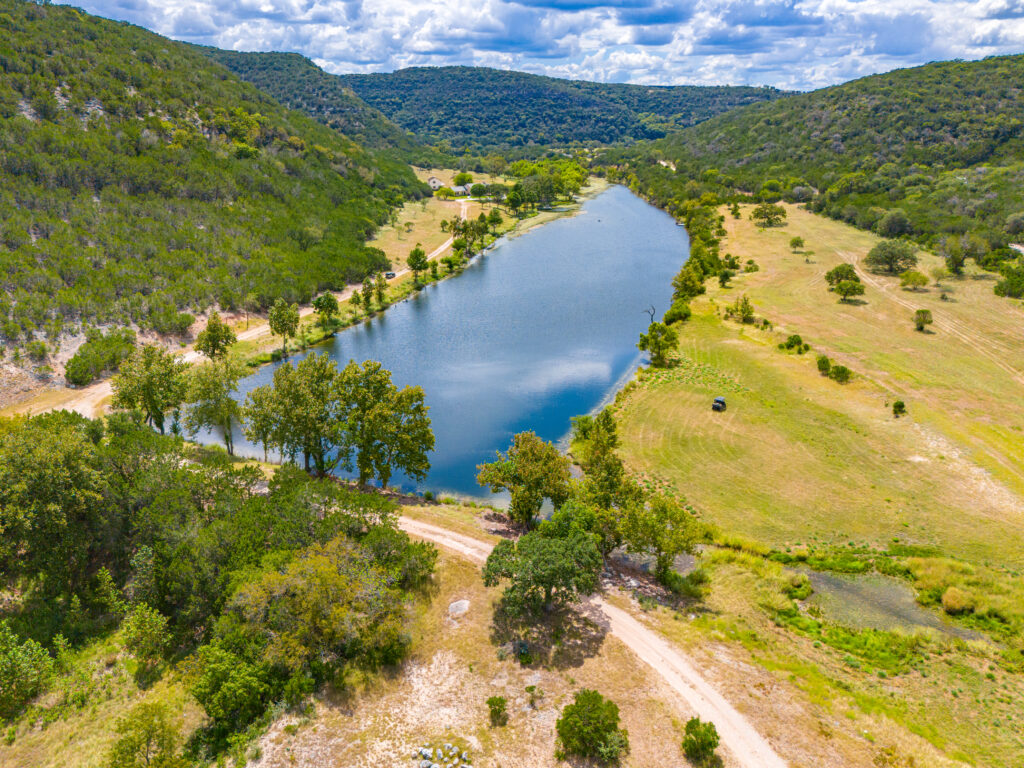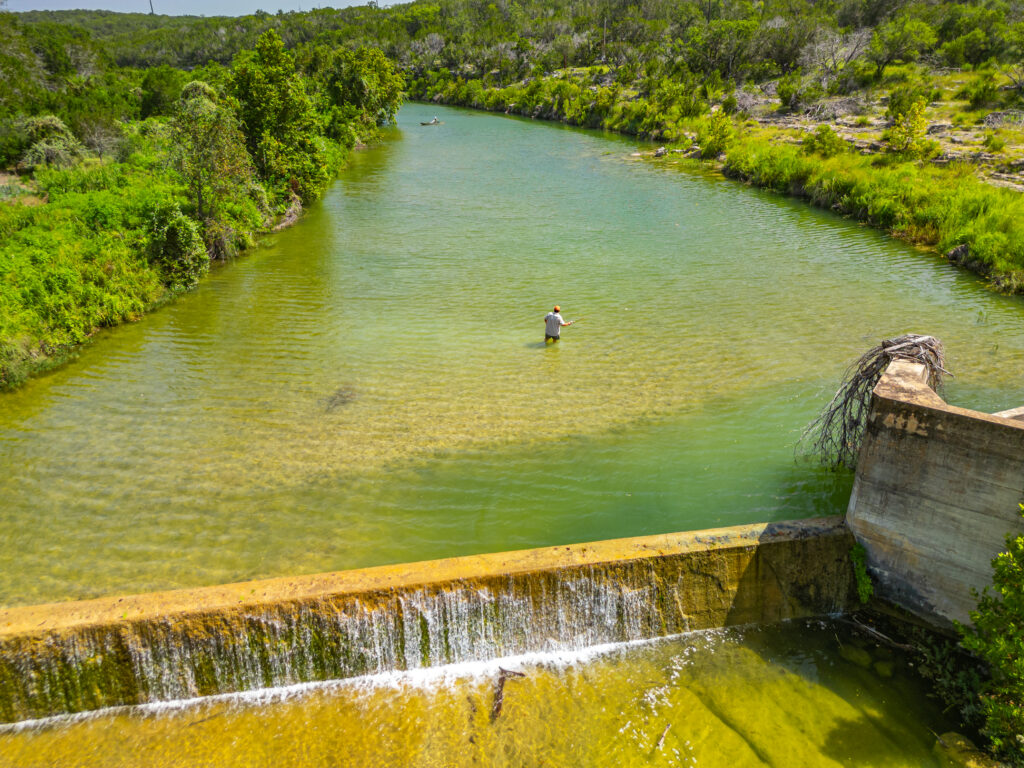By Jeff Boswell, Principal & Partner, Republic Report Q3 2024

While the entire State of Texas has only one natural lake over 1,000 surface acres, it has the highest overall acreage of surface water of any state in the lower 48. Texans value their surface water, for the state is a relatively dry place overall. As an owner or prospective owner of rural property in Texas, trying to determine what value to place on surface water with respect to the overall value of the land can be critical in determining whether to move forward with building lakes and ponds. In Texas, water laws can be confusing. Groundwater is owned by the landowner (in very general terms), while most surface water is owned by the state, with a few exceptions. Dams may be built to impound water on a person’s land (as long as it does not hold over 200-acre feet of water, which requires permitting that is very expensive and difficult to acquire) for the personal use of the landowner, but that water may not be used commercially without a permit. It is also important to know whether the soil on one’s land can hold water without seeping, so that a pond or lake won’t dry up during the long, hot summers.
Because Texas is a dry state, good surface water has significant value and can add a lot to the price of a property. In studying this over the years, we have come up with some defined values on lakes and ponds and how they increase the overall price of property. While it varies somewhat geographically, we have found some consistent numbers to help landowners and potential land buyers make sound decisions on determining values of these water features. In Texas, the size of a lake or pond has a significant effect on the value placed on it. Generally, the larger the impoundment, the higher value placed on its surface acreage. Ponds under one acre generally do not make a significant value addition to a property, although properties with no ability to have even small ponds can have a negative effect.

Lakes that are between one and 10 acres of surface water tend to carry incremental values of $20,000 – $25,000 per surface acre. As you get over a 10-acre lake, the values will begin to increase to a valuation of between $25,000 – $40,000 per acre. These valuations are in addition to the general land price beneath the water.
The variation in prices tends to be based on where the property is located and the ability of the lake to hold water levels during the year. Properties in the northeast portion of the state, which are more conducive to building large lakes and holding water, tend to be on the lower end of the valuation. Properties with these water features in central and southern portions of the state tend to be towards the higher end of these valuations, as it is more difficult to build such lakes and hold water annually (this does assume that large water bodies in these areas can retain water and not have seepage). The ability to keep reservoirs full throughout the year, whether through a spring fed water feature or through the ability to use groundwater, allows the valuation to be on the higher end of these values.
Texas has a state law that any reservoir that holds over 200-acre feet of water (an acre foot of water is a surface acre 1’ deep) must be permitted with the state. These permits are very difficult to get and only a small number of these lakes are built each year because of the high cost and permitting difficulties. The costs of the permitting can run as high as several million dollars. Because of this lack of supply of such permitted lakes, these impoundments tend to fetch a high premium on the market. There is an exception to the maximum 200-acre foot rule that takes place if a lake does not receive runoff from a water course, but rather is leveed on all four sides and only gets water directly from water wells and rain. These lakes may be built without a permit and still fetch premium prices.
Our overall studies of these properties sold over the last ten years helped us conclude that in almost every case, any lake built in Texas will ultimately bring more value than the cost of building them. While it can be a significant expense, landowners can be confident that the increase in the price of their property will outweigh the price of construction, while providing wonderful recreational opportunities.

Updated from the 2017 article originally published in Land Investor Magazine, Volume 3